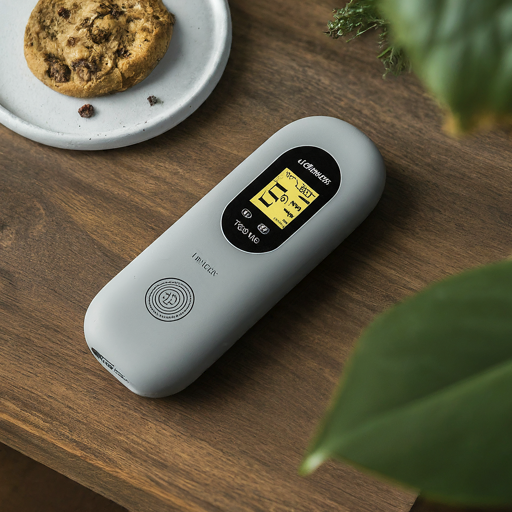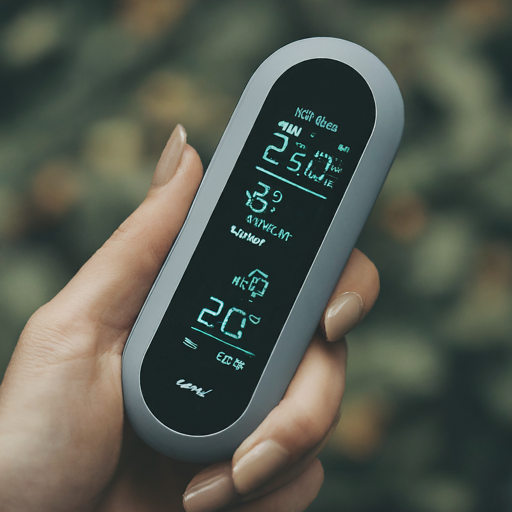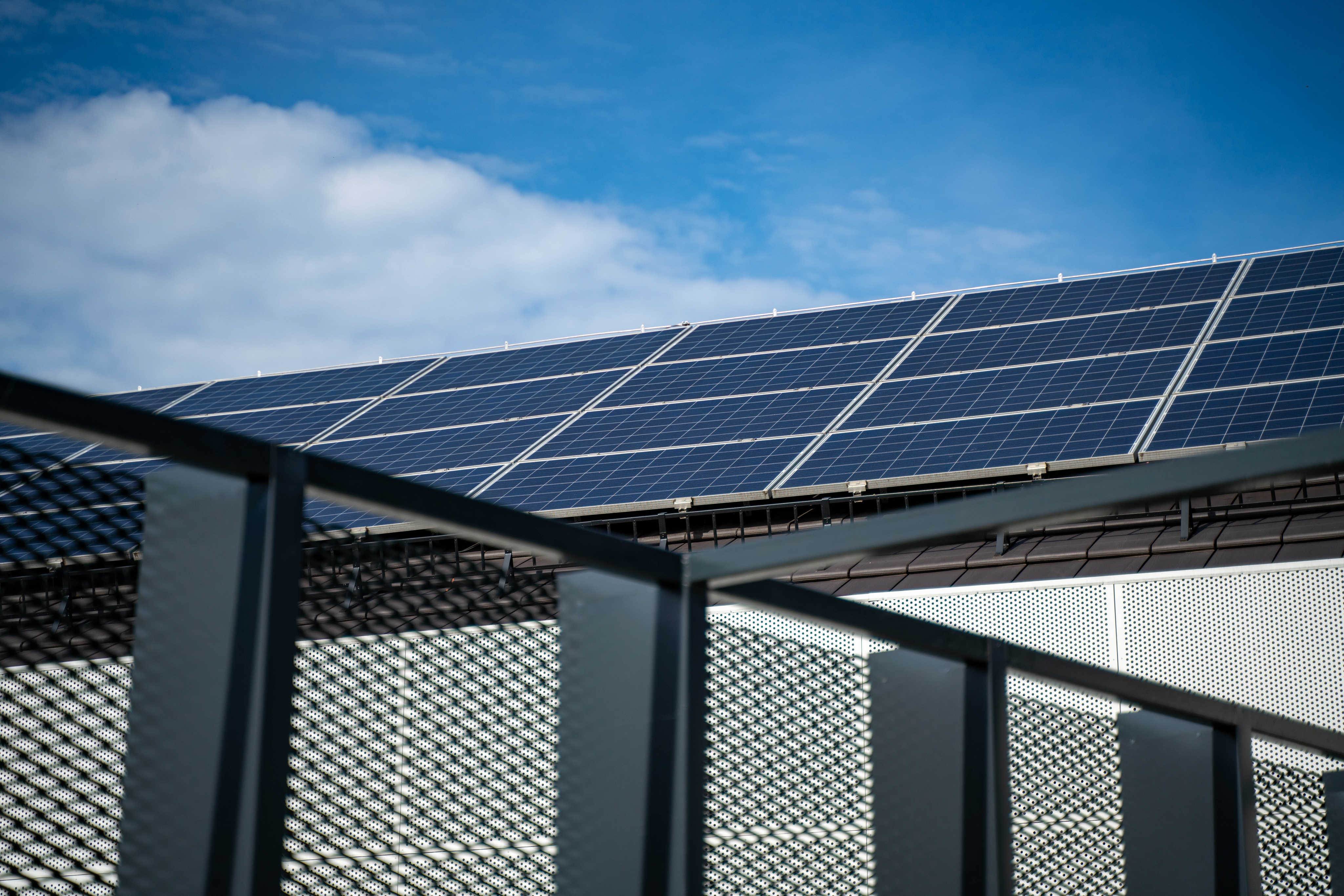Introduction:
- People spend more than 90% of their time indoors, therefore IAQ management is crucial.
- Good IAQ affects the health, well-being, and productivity of occupants.
- The COVID-19 pandemic has brought increased attention to ventilation and air cleaning systems in buildings.


Standards:
- Measuring and setting IAQ standards at a non-occupational level is a relatively young field.
- This guide is based on practical experience and takes an ambitious approach to setting IAQ standards.
- Aim: to support the interpretation of IAQ data and to actively promote health and well-being in buildings.

Measurement technology:
- Advances in technology allow for the measurement of many indoor air pollutants using low-cost devices.
- Examples: CO2, TVOC, PM2.5 sensors.
- It is important to choose the right technology for the intended purpose and to ensure the reliability of the data.

Selection of pollutants to monitor:
- Particulate matter (2.5 & 10 μm), CO2, CO, TVOC are common pollutants that can be easily measured.
- Other pollutants such as formaldehyde, nitrogen dioxide/oxide, ozone, radon require more complex measurement techniques.
- It is recommended to rely on easily measurable parameters to characterize the environment.

Description and limits of pollutants:
- The guide provides pollutant levels and characteristics based on practical experience and official guidelines.
- For example:
- CO2: optimal level <1,000 ppm, a reasonable ventilation level to dilute airborne viruses is 800 ppm.
- TVOC: values above 300 μg/m3 may indicate contamination from specific sources.
- Formaldehyde: should not exceed 100 μg/m3.
- PM2.5: annual average should not exceed 25 μg/m3.
- CO: should not exceed 9 ppm as an 8-hour time-weighted average.
- NO2: annual average should not exceed 40 μg/m3.
- Ozone: 100 μg/m3 8-hour average limit for ozone.
- Radon: 300 Becquerels/m3 annual average action level.
Conclusion:
- Good IAQ is essential for human health, well-being, and productivity.
- There are many technologies and methods for measuring and controlling IAQ.
- It is important to choose the right measures for the specific needs and conditions of each building.
Tags
Bài viết cùng chủ đề
Xem tất cả
CLIMATE ANALYSIS OF THE PROJECT SITE IN ARCHITECTURAL CONCEPT DESIGN
Analyzing the climate of a project site is a crucial step in architectural concept design, especially when aiming for sustainability,...
Xem thêmGuide to Evaluating and Solutions for Natural and Mechanical Ventilation Systems in Construction
Did you know that indoor air quality can be 2-5 times worse than outdoor air? 😮 This can have serious impacts...
Xem thêmStrategies for improving indoor air quality
It might surprise you to learn that the air inside your home can be 2-5 times dirtier than the air...
Xem thêm





